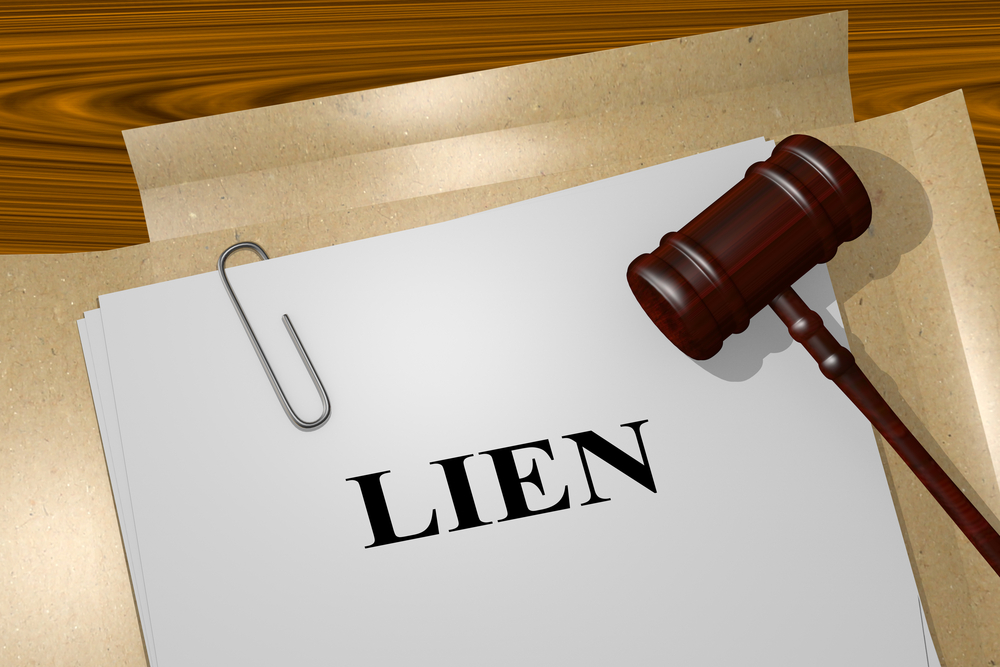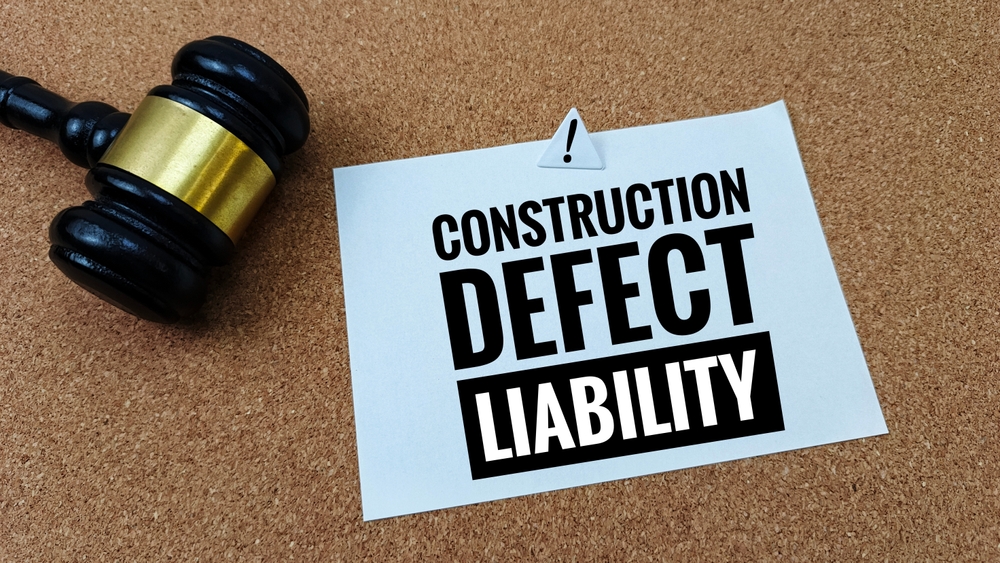

Property owners typically require the general contractor of large private projects to obtain a performance and payment bond from a surety. This blog covers the difference between payment bonds and performance bonds, and when they are required.
The purpose of a performance bond is to protect the owner (the “Obligee”) in the event that the general contractor does not perform as outlined in the prime contract. If the general contractor is unable to fulfill its contractual obligations to complete the scope of work, the owner can assert a claim against the performance bond to get the surety to fulfill the general contractor’s obligation. If the surety agrees to step in, there are several ways it can assist the owner in completion of the work. For example, the surety can hire a new general contractor directly to complete the scope of work.
In contrast, a payment bond is purchased for the protection of subcontractors to ensure payment for labor and/or materials furnished in the event the general contractor fails to do so. Payment bonds are often required by property owners to protect the property from mechanic’s liens, which can hinder financing or the sale of the property. In order for the payment bond to stop enforcement of a mechanic’s lien, the payment bond must be recorded among the real property records in the county where the property is located.
If you or your company worked as a subcontractor on a project with a payment bond in place, you should contact an experienced attorney as soon as you realize non-payment is an issue. A subcontractor or material supplier that is dealing with a non-paying general contractor, can perfect a claim on the bond in a similar fashion to perfecting a lien claim.
This requires timely serving all pre-claim notices for each month in which the labor or material was furnished and filing the mechanic’s lien or timely asserting a claim against the bond directly. Because this process can be tricky—sending the notices one day late can invalidate a claim—it is highly recommended that you contact an experienced attorney as soon as practicable.
This blog is part of our 2020 Mastering the Subcontract series. Come back each week as we deep dive and pull apart everything you need to know about a subcontract.
Karalynn Cromeens is the Owner and Managing Partner of The Cromeens Law Firm, PLLC, with over 17 years of experience in construction, real estate, and business law. A published author and passionate advocate for contractors, she has dedicated her career to protecting the businesses her clients have built. Karalynn is on a mission to educate subcontractors on their legal rights, which inspired her books Quit Getting Screwed and Quit Getting Stiffed, as well as her podcast and The Subcontractor Institute.

